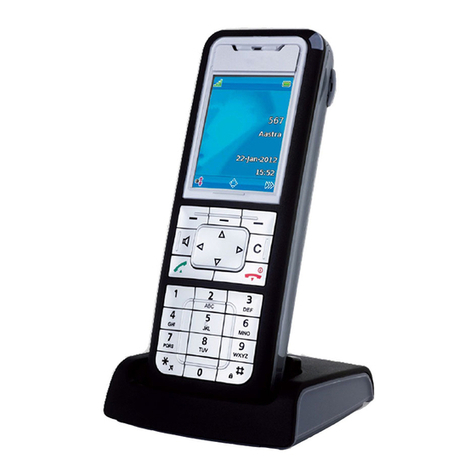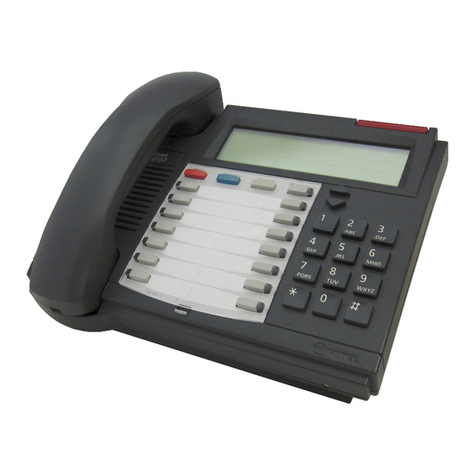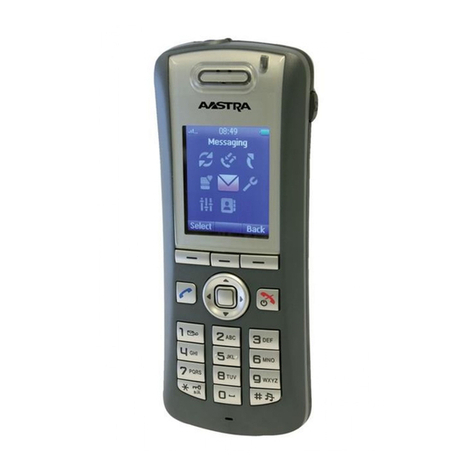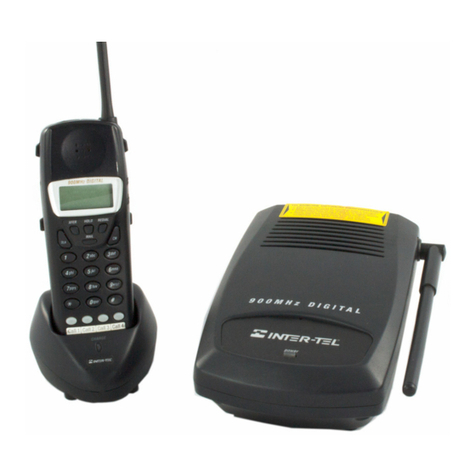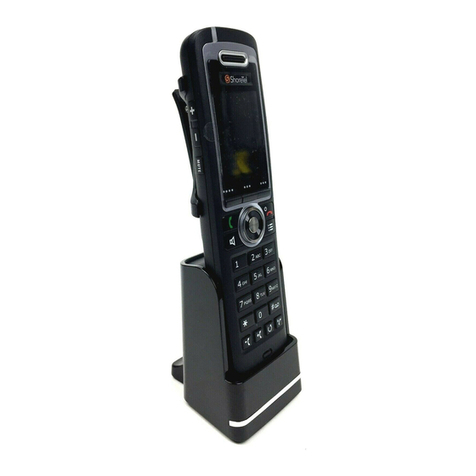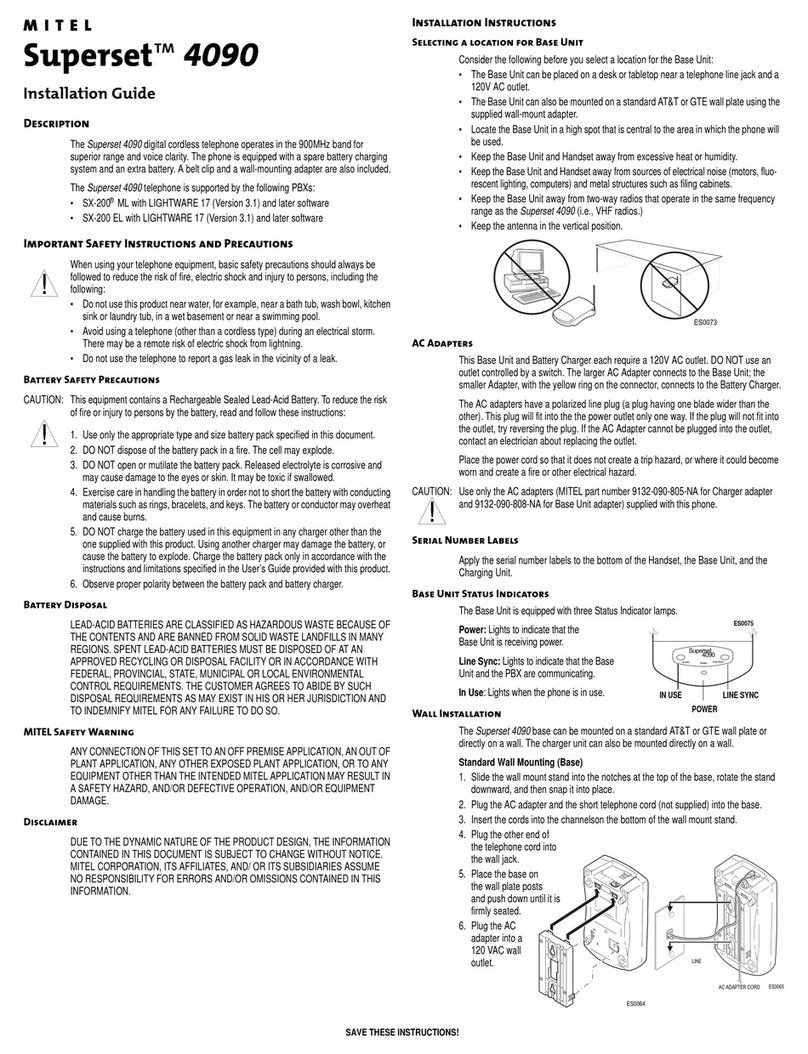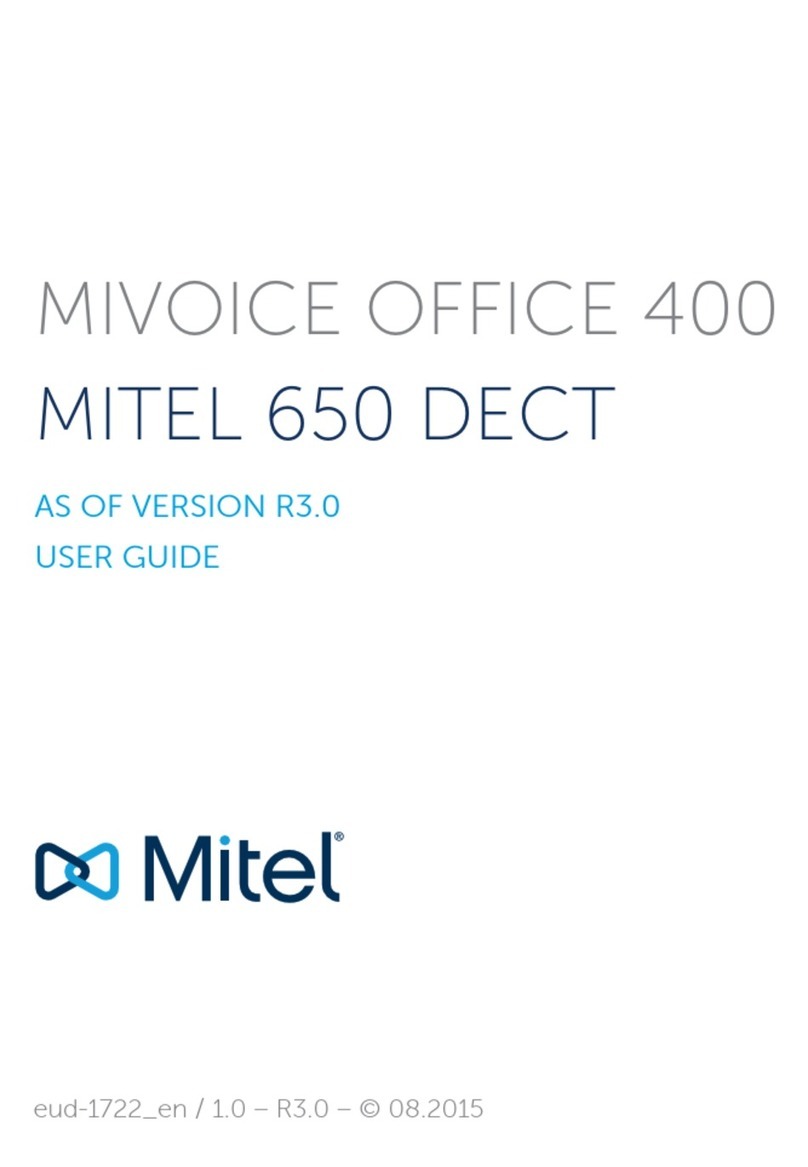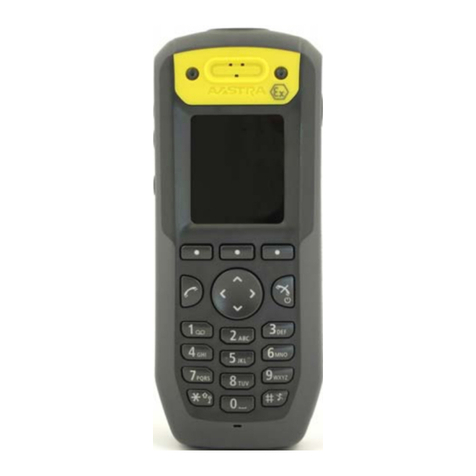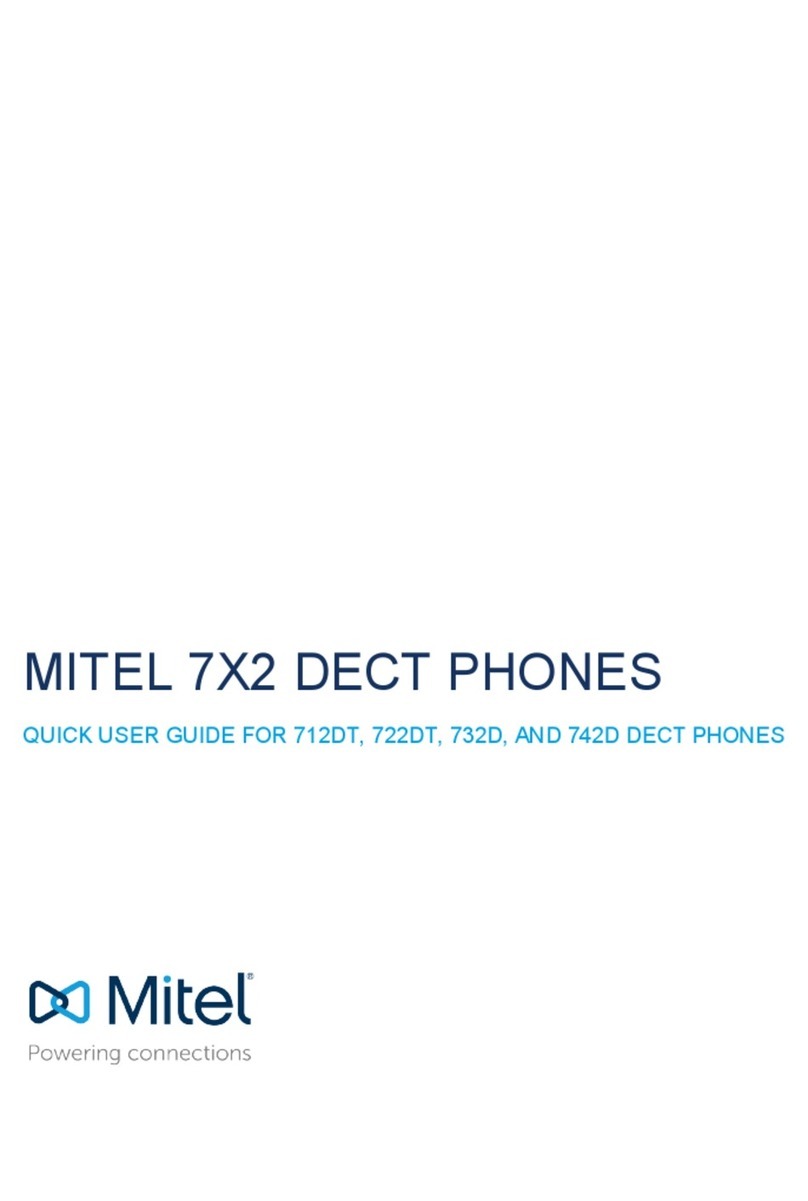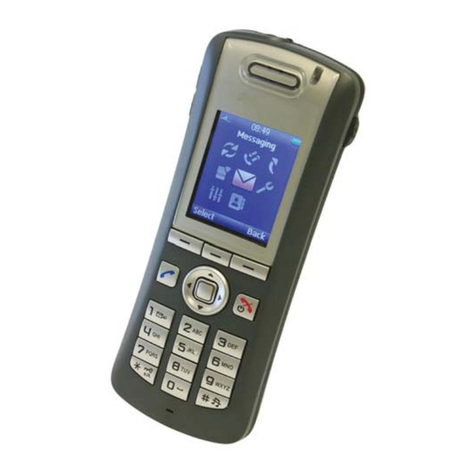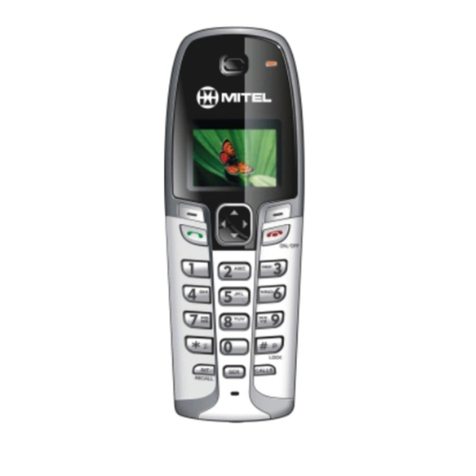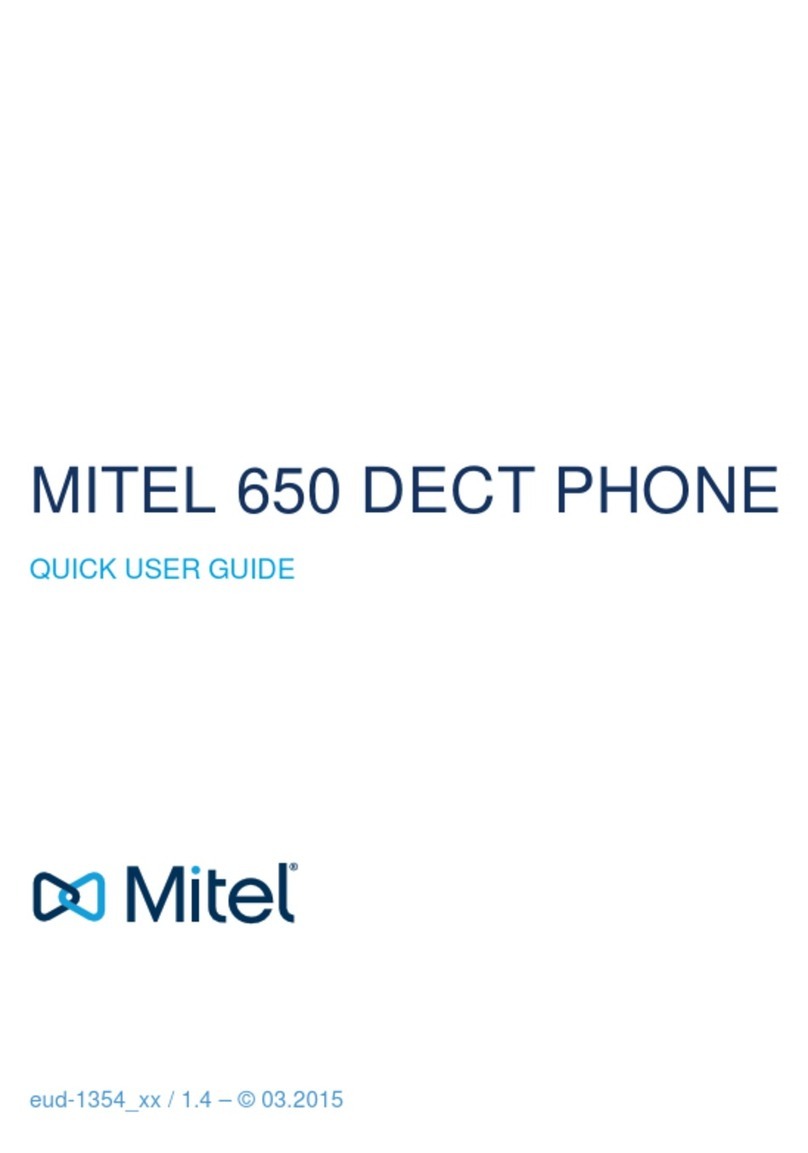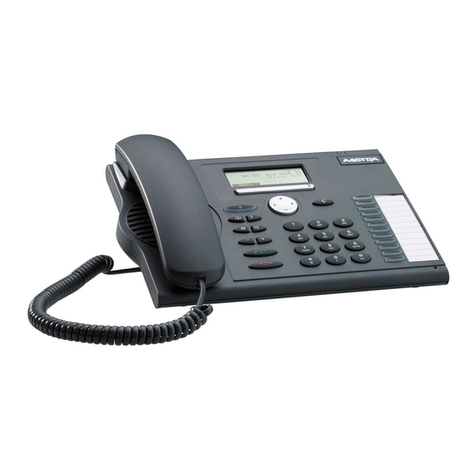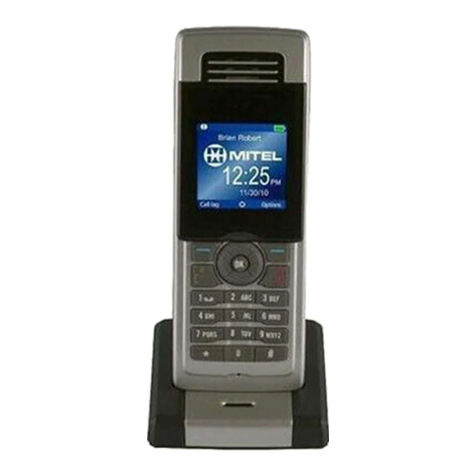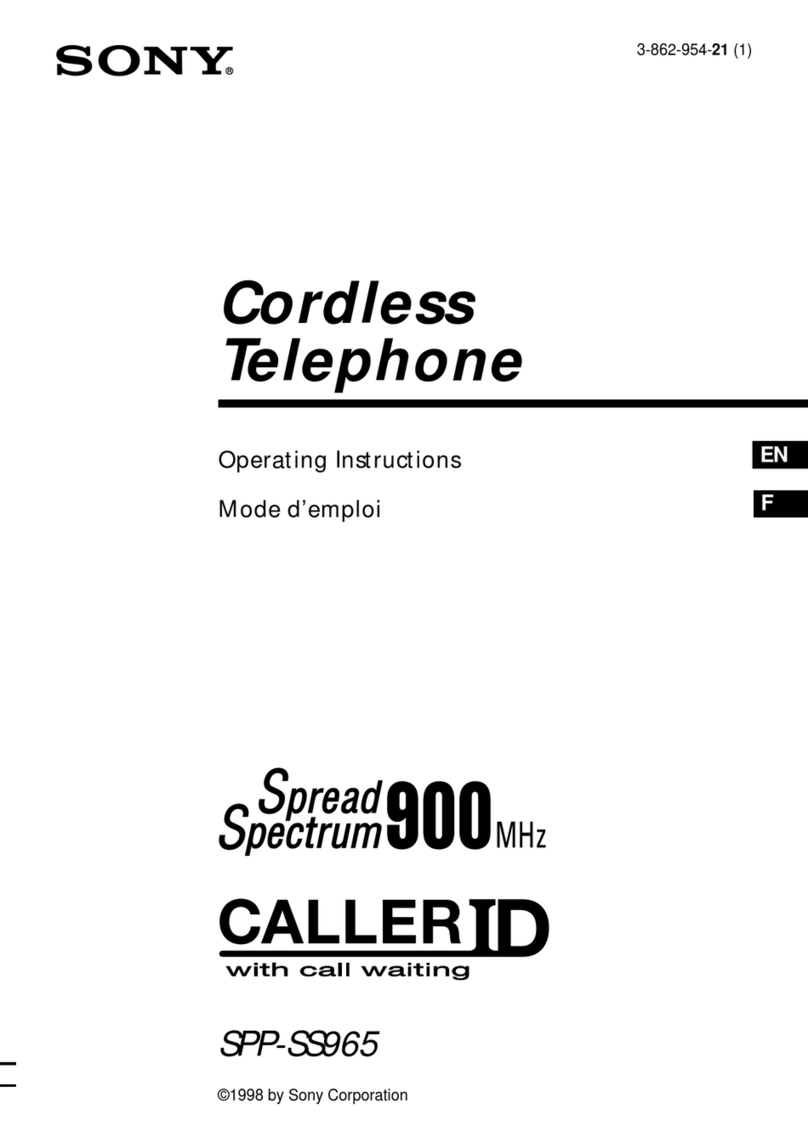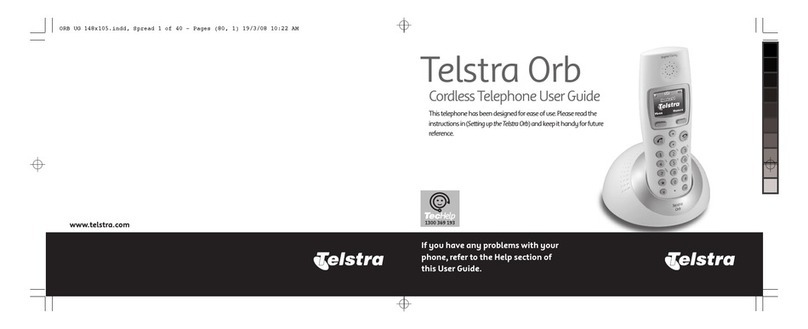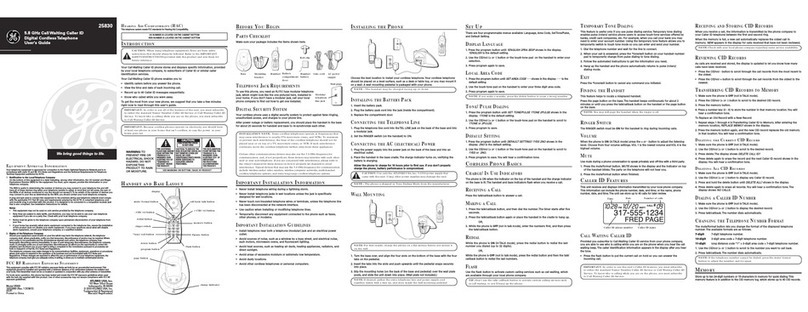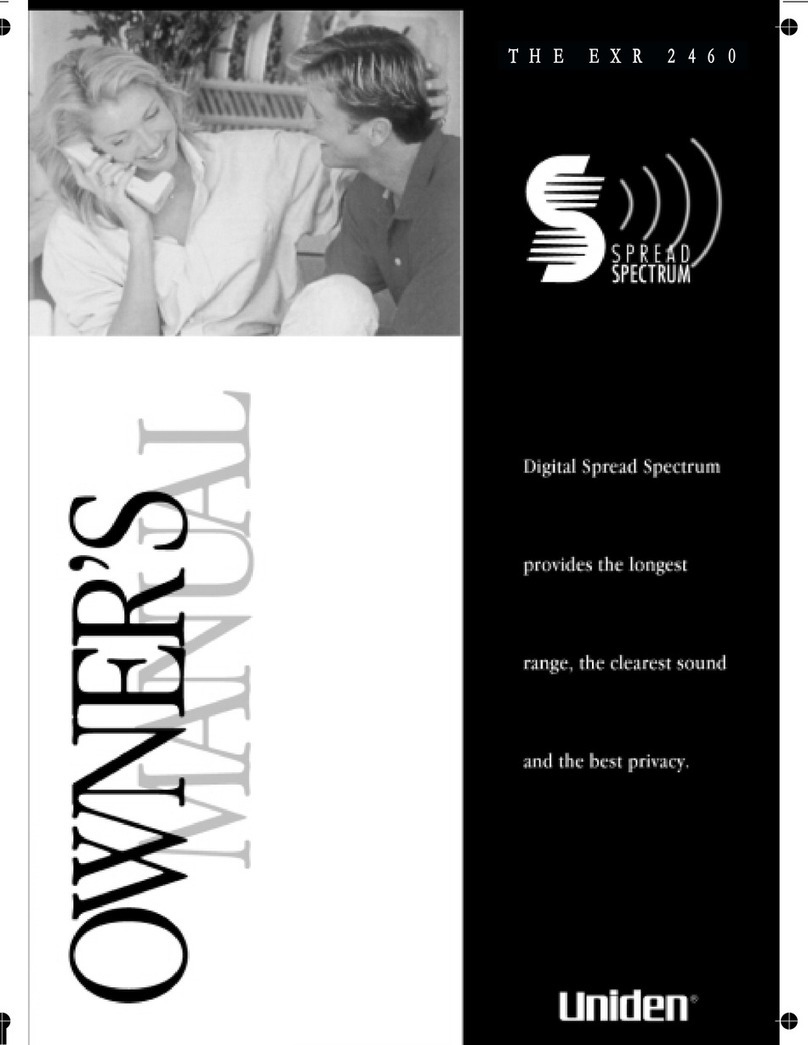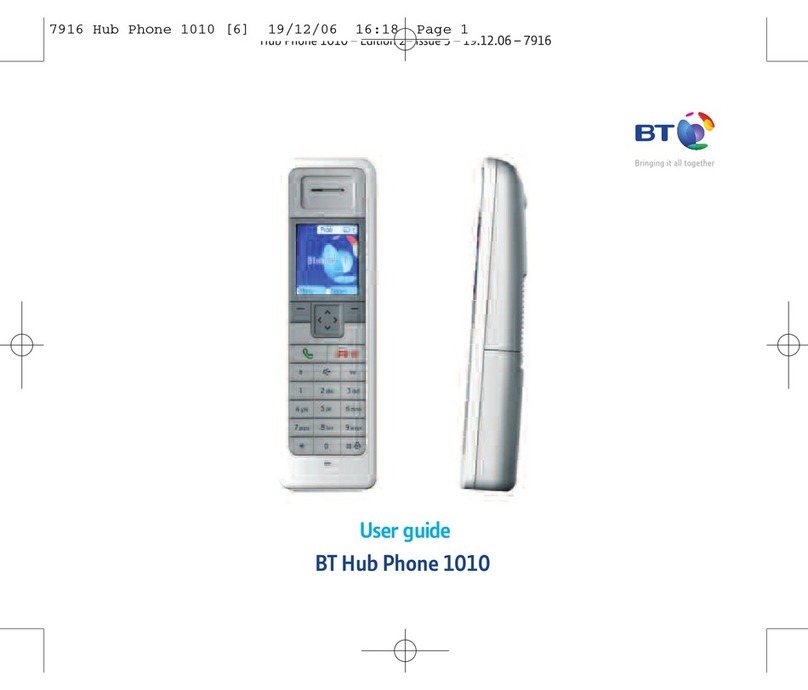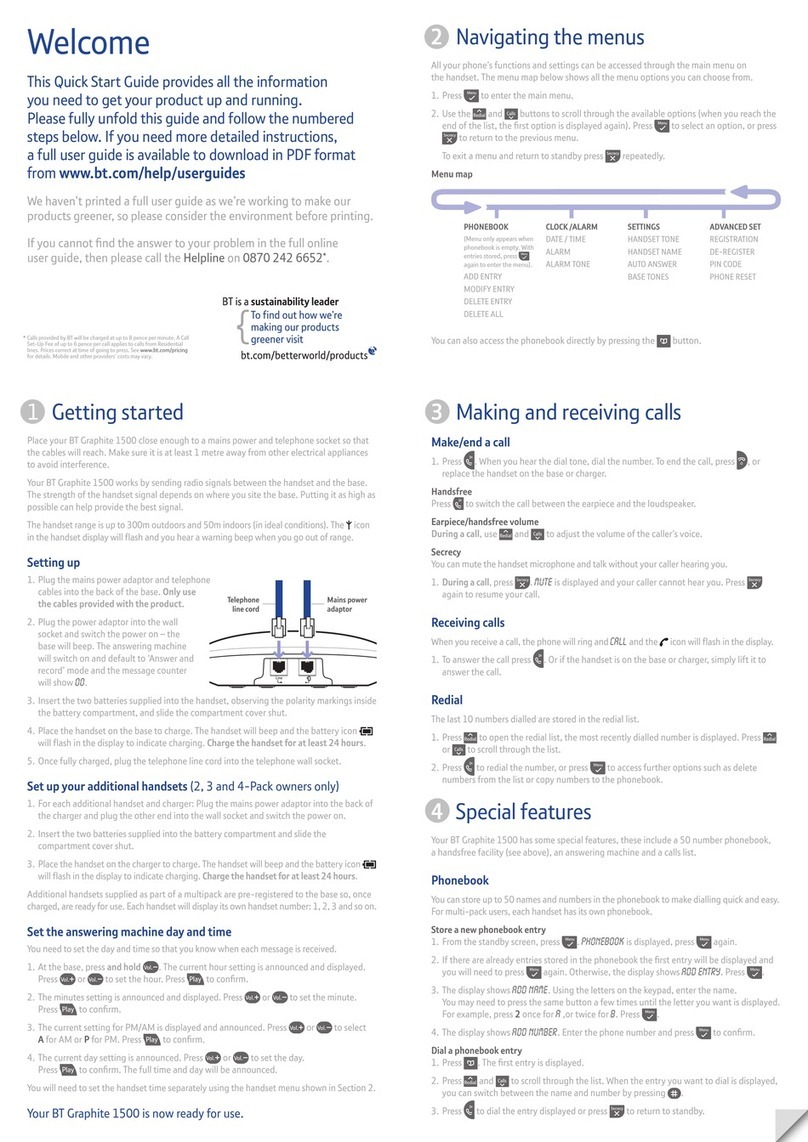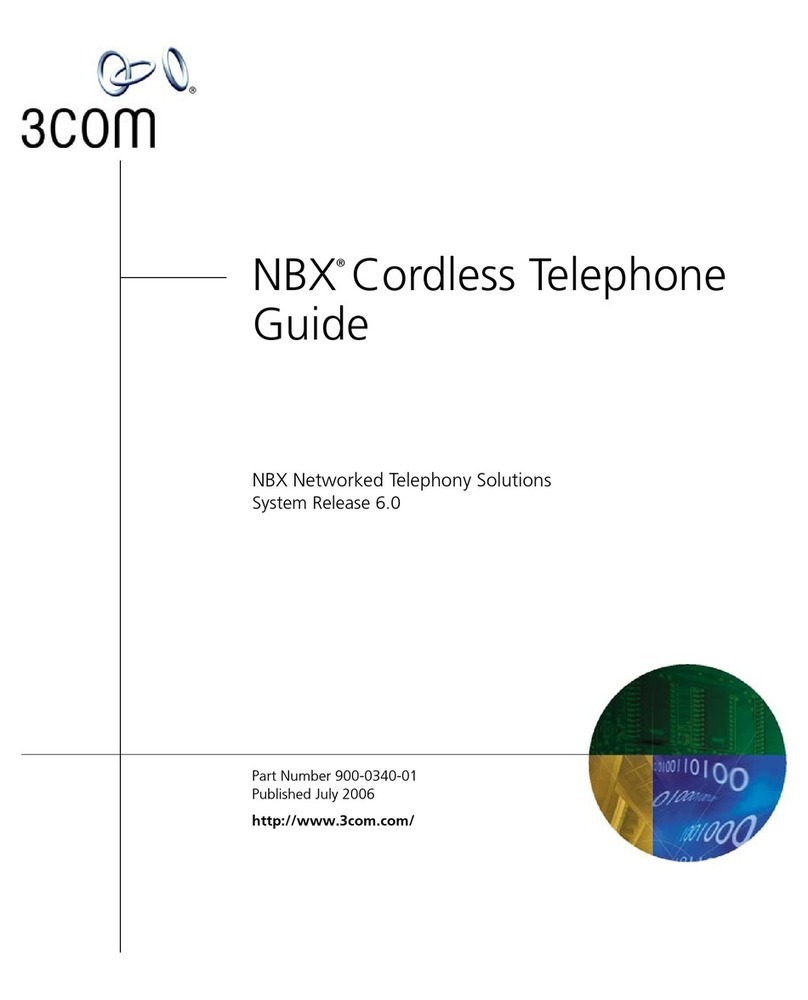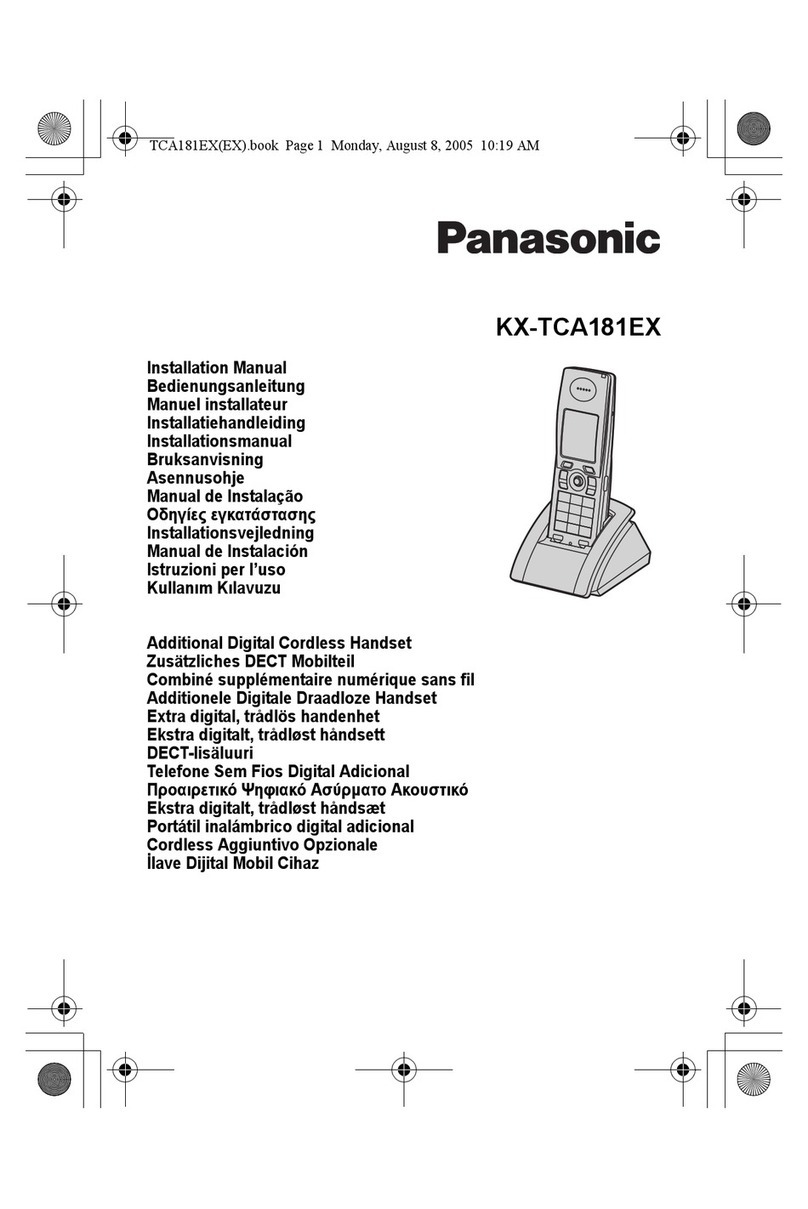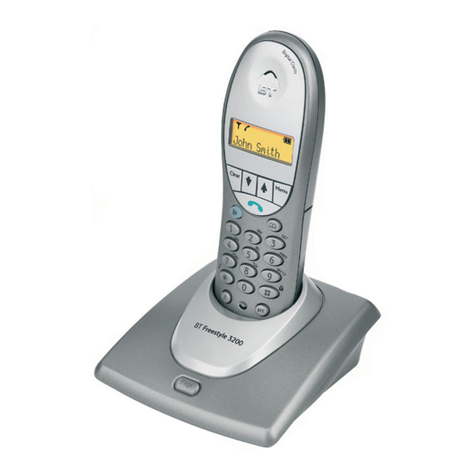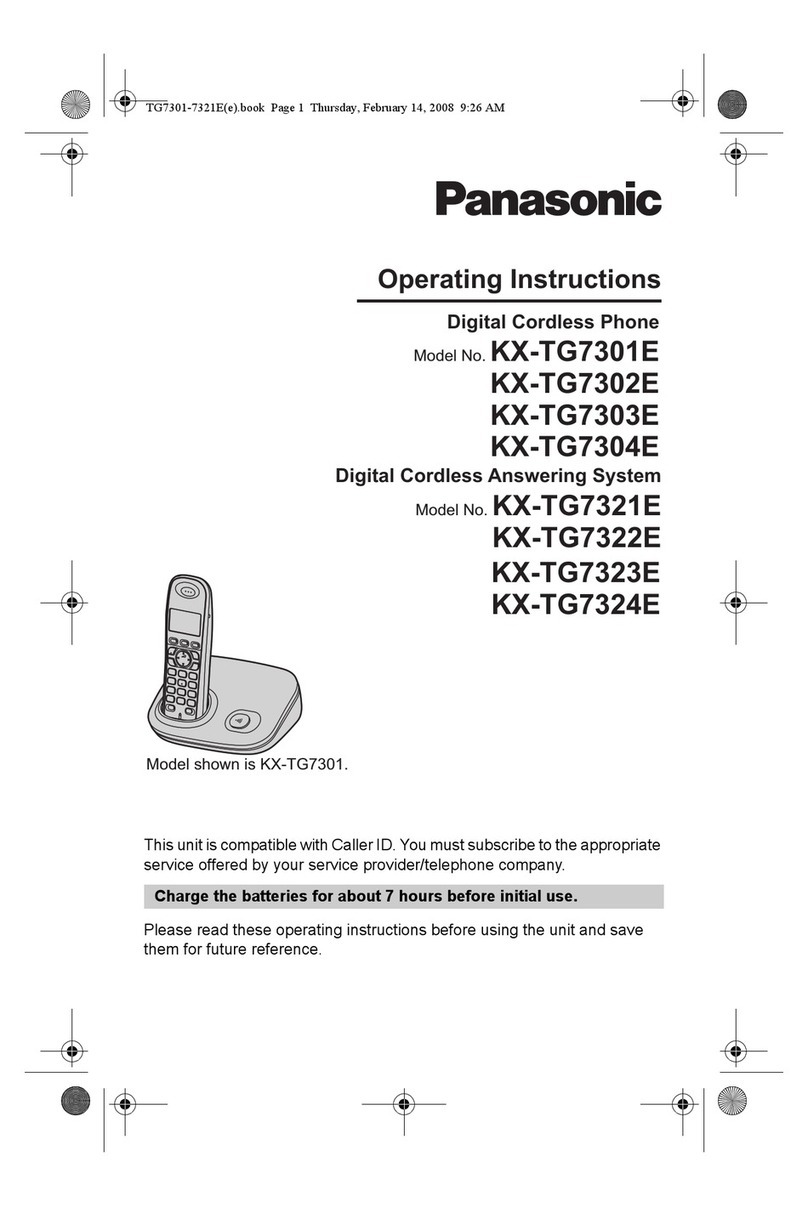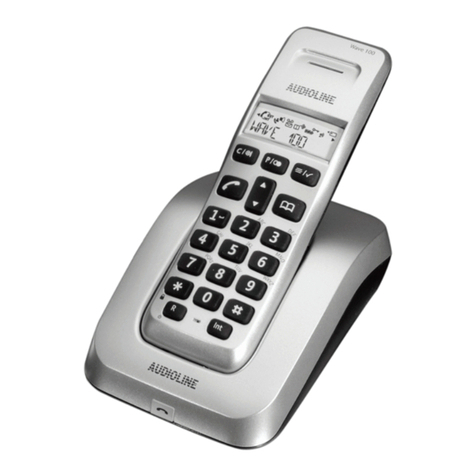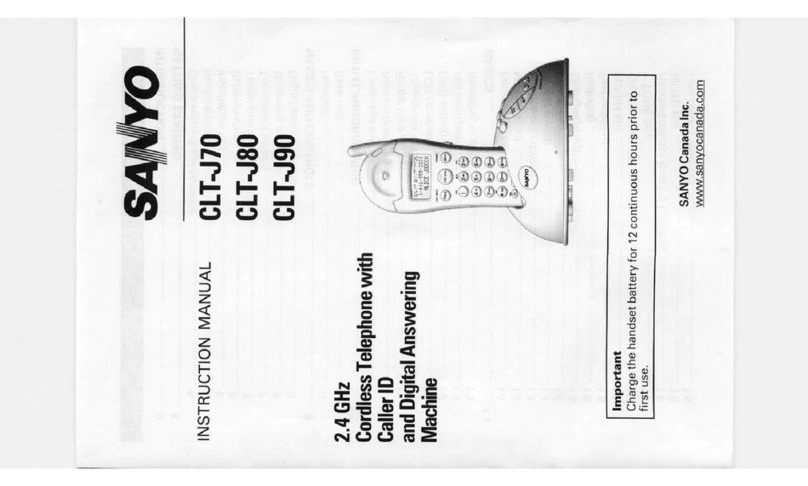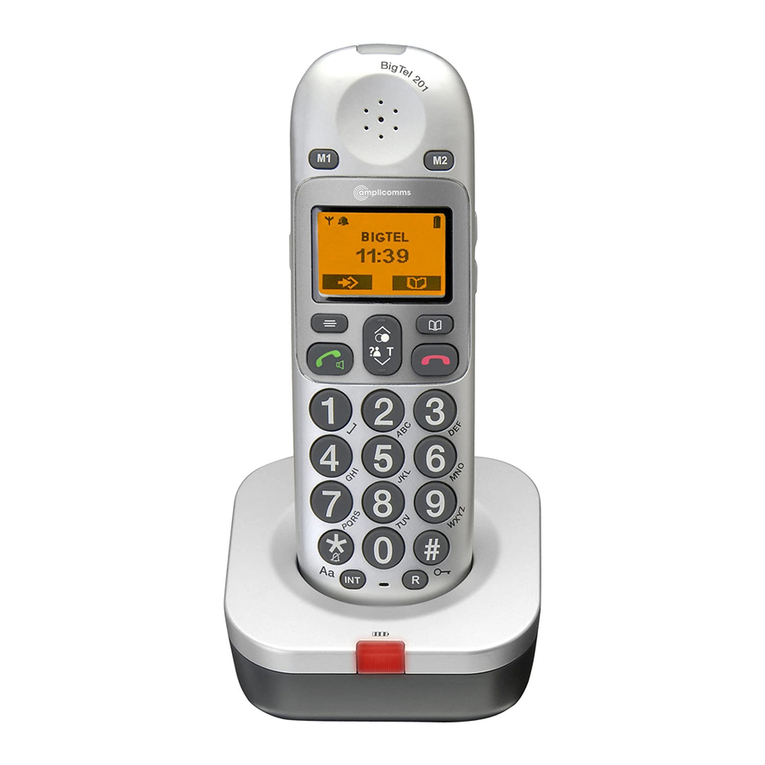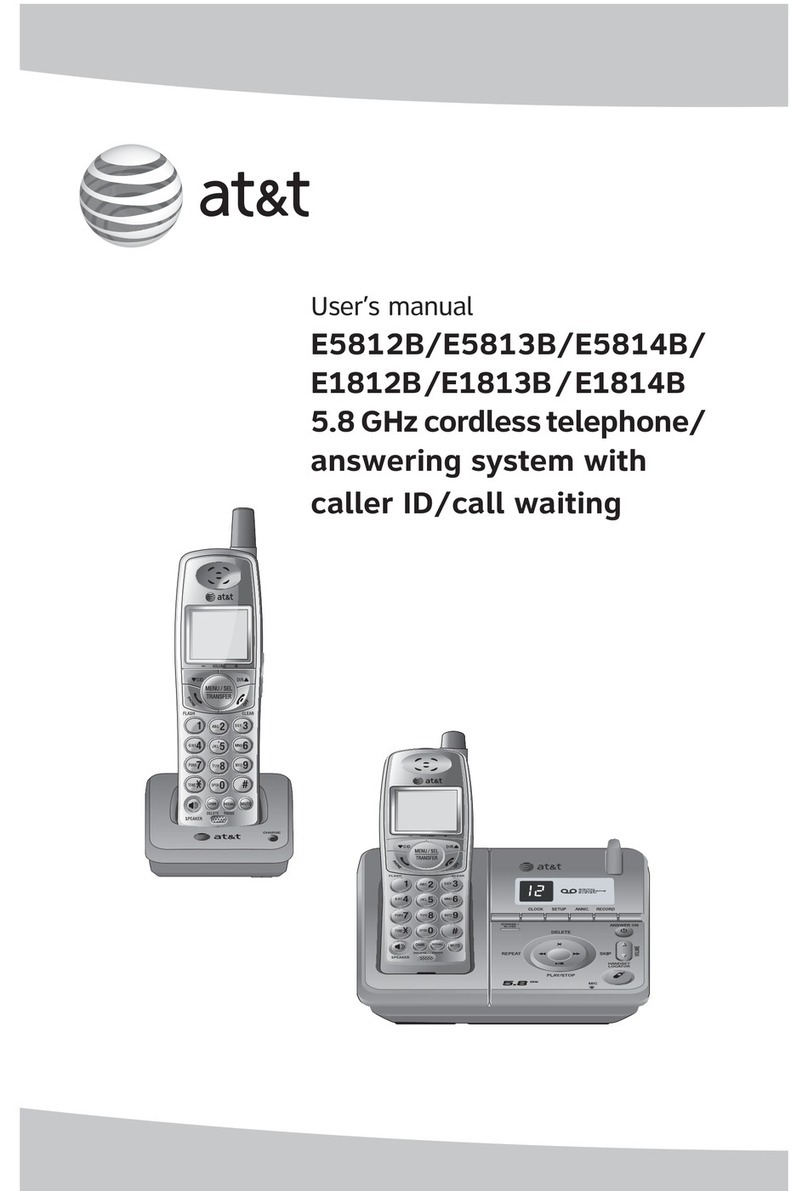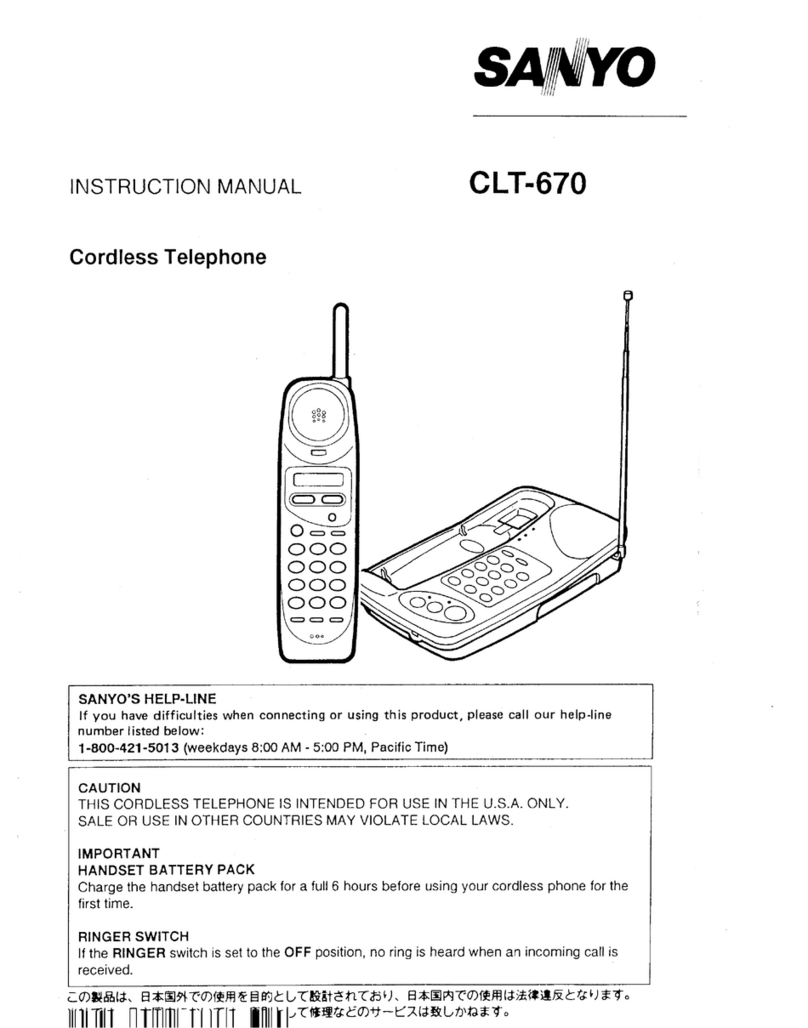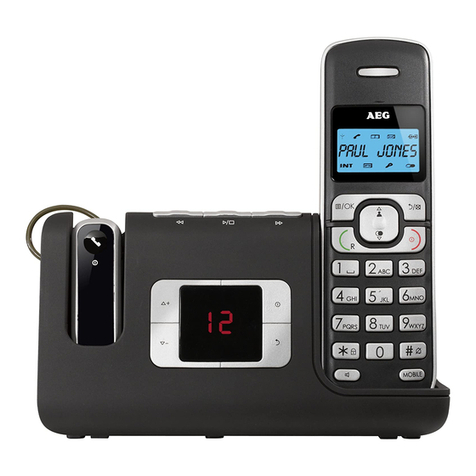
7
Mitel 415/430
syd-0580/2.1 – R6.1 – 06.2019
6. 3. 2 System information . . . . . . . . . . . . . . . . . . . . . . . . . . . . . . . . . . . . . . 186
6. 3. 2. 1 Licences . . . . . . . . . . . . . . . . . . . . . . . . . . . . . . . . . . . . . . . . . . . . . . 187
6. 3. 2. 2 EIM card . . . . . . . . . . . . . . . . . . . . . . . . . . . . . . . . . . . . . . . . . . . . . . 187
6. 3. 3 Interface cards. . . . . . . . . . . . . . . . . . . . . . . . . . . . . . . . . . . . . . . . . . 188
6. 3. 3. 1 Replacing a defective interface card . . . . . . . . . . . . . . . . . . . . . . . . . 188
6. 3. 3. 2 New card with fewer ports . . . . . . . . . . . . . . . . . . . . . . . . . . . . . . . . . 188
6. 3. 3. 3 New card with more ports . . . . . . . . . . . . . . . . . . . . . . . . . . . . . . . . . 189
6. 3. 3. 4 Change slot . . . . . . . . . . . . . . . . . . . . . . . . . . . . . . . . . . . . . . . . . . . . 189
6. 3. 4 System modules . . . . . . . . . . . . . . . . . . . . . . . . . . . . . . . . . . . . . . . . 190
6. 3. 4. 1 Changing the DSP module . . . . . . . . . . . . . . . . . . . . . . . . . . . . . . . . 190
6. 3. 5 System cards. . . . . . . . . . . . . . . . . . . . . . . . . . . . . . . . . . . . . . . . . . . 191
6. 3. 5. 1 Replacing the EIM card . . . . . . . . . . . . . . . . . . . . . . . . . . . . . . . . . . . 191
6. 3. 6 Mainboard . . . . . . . . . . . . . . . . . . . . . . . . . . . . . . . . . . . . . . . . . . . . . 192
6. 3. 7 Replacing system terminals. . . . . . . . . . . . . . . . . . . . . . . . . . . . . . . . 192
6. 3. 7. 1 DSI system phones . . . . . . . . . . . . . . . . . . . . . . . . . . . . . . . . . . . . . . 192
6. 3. 7. 2 DECT terminals . . . . . . . . . . . . . . . . . . . . . . . . . . . . . . . . . . . . . . . . . 193
6. 4 Display and control panel . . . . . . . . . . . . . . . . . . . . . . . . . . . . . . . . . 197
6. 4. 1 LED display . . . . . . . . . . . . . . . . . . . . . . . . . . . . . . . . . . . . . . . . . . . . 197
6. 4. 2 Pilot key (CTRL key) . . . . . . . . . . . . . . . . . . . . . . . . . . . . . . . . . . . . . 198
6. 4. 3 Operating modes and display priorities . . . . . . . . . . . . . . . . . . . . . . . 199
6. 4. 3. 1 Startup Mode. . . . . . . . . . . . . . . . . . . . . . . . . . . . . . . . . . . . . . . . . . . 200
6. 4. 3. 2 Normal Mode. . . . . . . . . . . . . . . . . . . . . . . . . . . . . . . . . . . . . . . . . . . 200
6. 4. 3. 3 Feature Mode . . . . . . . . . . . . . . . . . . . . . . . . . . . . . . . . . . . . . . . . . . 201
6. 4. 3. 4 Application Command Mode . . . . . . . . . . . . . . . . . . . . . . . . . . . . . . . 201
6. 4. 3. 5 Boot Command Mode . . . . . . . . . . . . . . . . . . . . . . . . . . . . . . . . . . . . 202
6. 4. 3. 6 Wiring Adapter Malfunction Mode . . . . . . . . . . . . . . . . . . . . . . . . . . . 202
6. 4. 3. 7 Warning Mode . . . . . . . . . . . . . . . . . . . . . . . . . . . . . . . . . . . . . . . . . . 202
6. 4. 3. 8 Boot Mode . . . . . . . . . . . . . . . . . . . . . . . . . . . . . . . . . . . . . . . . . . . . . 203
6. 4. 3. 9 Shut-down Mode . . . . . . . . . . . . . . . . . . . . . . . . . . . . . . . . . . . . . . . . 203
6. 4. 3. 10 Error Mode. . . . . . . . . . . . . . . . . . . . . . . . . . . . . . . . . . . . . . . . . . . . . 204
6. 4. 4 Carrying out functions . . . . . . . . . . . . . . . . . . . . . . . . . . . . . . . . . . . . 205
6. 4. 4. 1 Shutting down the communication server . . . . . . . . . . . . . . . . . . . . . 205
6. 4. 4. 2 Normal restart with database backup . . . . . . . . . . . . . . . . . . . . . . . . 206
6. 4. 4. 3 Forced restart without database backup . . . . . . . . . . . . . . . . . . . . . . 206
6. 4. 4. 4 Enabling / disabling password-free access . . . . . . . . . . . . . . . . . . . . 206
6. 4. 4. 5 Enabling / disabling the dial-up connection to the AIN . . . . . . . . . . . 207
6. 4. 4. 6 Carrying out a first start . . . . . . . . . . . . . . . . . . . . . . . . . . . . . . . . . . . 207
6. 4. 4. 7 Resetting the IP address . . . . . . . . . . . . . . . . . . . . . . . . . . . . . . . . . . 208
6. 4. 4. 8 Thorough RAM test . . . . . . . . . . . . . . . . . . . . . . . . . . . . . . . . . . . . . . 209
6. 4. 4. 9 Emergency Upload via LAN . . . . . . . . . . . . . . . . . . . . . . . . . . . . . . . 209
6. 5 Operations supervision . . . . . . . . . . . . . . . . . . . . . . . . . . . . . . . . . . . 209
6. 5. 1 Event message concept . . . . . . . . . . . . . . . . . . . . . . . . . . . . . . . . . . 209
6. 5. 1. 1 Event types . . . . . . . . . . . . . . . . . . . . . . . . . . . . . . . . . . . . . . . . . . . . 210
6. 5. 1. 2 Event tables. . . . . . . . . . . . . . . . . . . . . . . . . . . . . . . . . . . . . . . . . . . . 229
6. 5. 1. 3 Signal destinations . . . . . . . . . . . . . . . . . . . . . . . . . . . . . . . . . . . . . . 230

